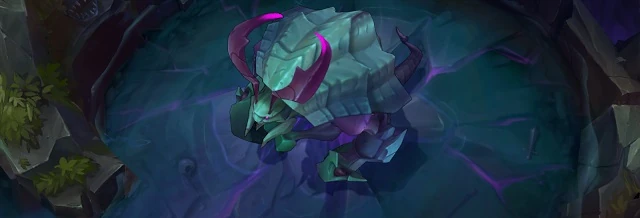
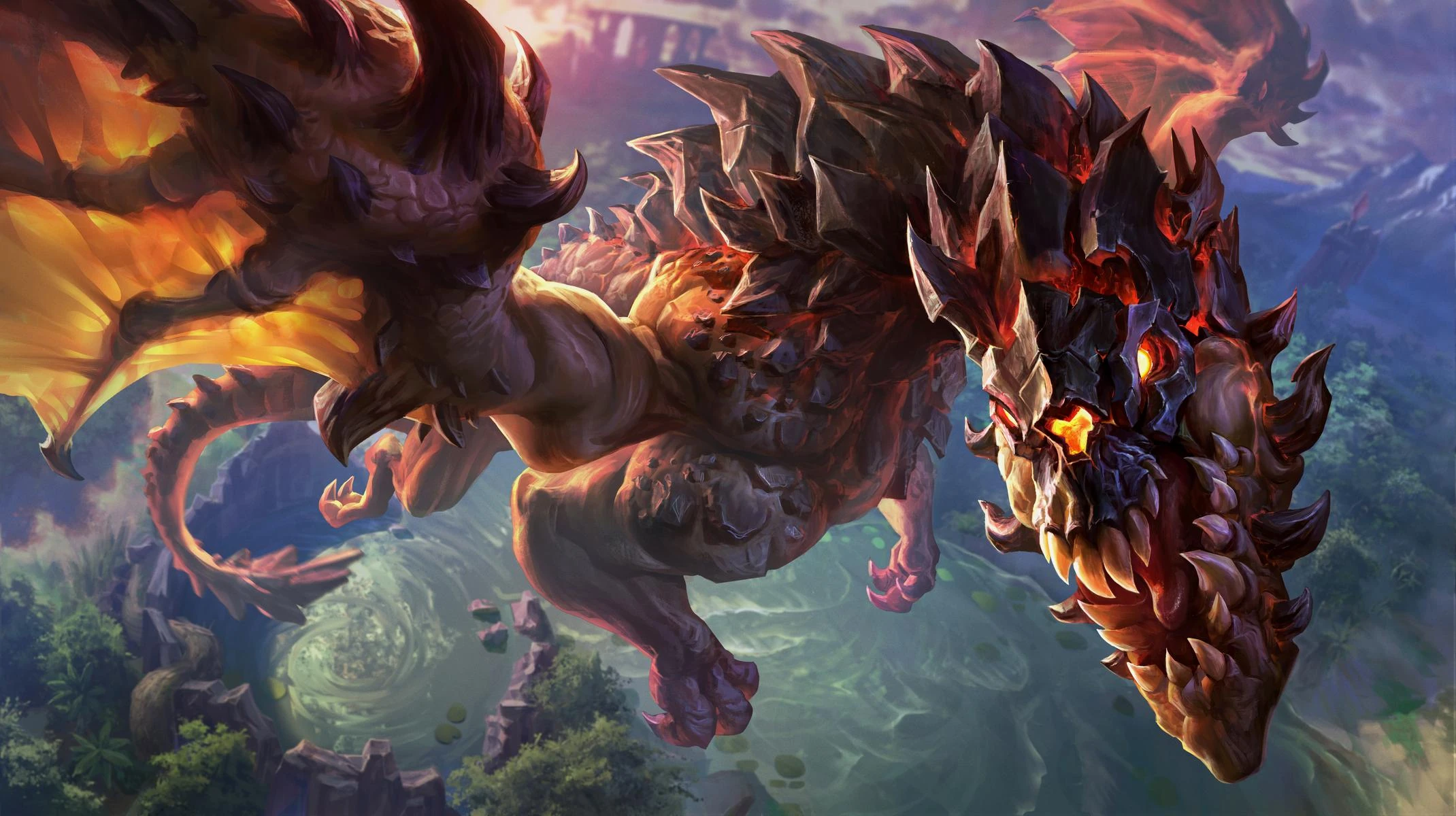
The addition of the Rift Herald has brought up many questions about the priorities of neutral objectives and how those affect the early game strategies. This article will take a look at the effects of the Rift Herald buff, Doom’s Eve, and contrast it to the buffs given by taking early Dragons. Additionally, circumstances for who receives the buff and when you should attempt an early Rift Herald will be examined. Additionally, early game strategies affected by the Rift Herald prioritization will be discussed.
The preseason is a time of learning and changing behaviors that will influence the course of the Spring Split. Fast tower pushes have been a staple for early game strategies for a long time, mainly focused in the bottom lane. However, the addition of the Rift Herald balances out the map in terms of neutral objectives. Prior to this, teams who had their fast push in the bottom lane would be at an advantage due to the Dragon’s Might buff, which gives 6% increase in attack damage and ability power. Additionally, it also started the stacking of Dragon buffs to eventually get to 5 stacks. Even though there is no real gold gain here, these buffs became more important the longer games continue. However, in the current preseason, with the increased speed and tempo of games, no professional match should be lasting long enough for 5 dragons to be a consideration. Instead the focus should be on the Rift Herald.
For a quick comparison, here is the breakdown of the stats:
| Rift Herald | Dragon |


As you can see, the Rift Herald and Dragon have almost identical damage per attack. Rift Herald has a slightly faster attack speed but attacks single targets only, while the dragon has a slower attack speed but its attacks deal splash damage and also deals bonus damage equal to 5% of the targets current health. The major difference between these two however, is their effective health at the 4-minute mark, which is when Rift Herald spawns.
| Effective Health | Rift Herald | Dragon |
| Against AD | 7,000 | 4525 |
| Against AP | 6,000 | 4862 |
Additionally, the Rift Herald takes 35% reduced damage from all ranged attacks so it is crucial to have a jungler there to help deal damage as well as a primary tank to soak the bulk of the damage. However, when there are two or more champions attacking the Rift Herald, an eye will open on his back which when struck will deal 15% of its maximum health (750 bonus true damage). Hitting the eye will also cause it to close to ~3 seconds. The bonus true damage is massive and crucial to efficiently taking down the Rift Herald.
Once the Rift Herald is slain, the team can choose who receives the buff, Doom’s Eve.

The Rift Herald does deal a significant amount of damage when it first spawns so the empowered recall and instantly healing 50% of health and mana is very nice. Additionally, having the buff grants 50% movement speed for 8 seconds which saves a lot of time when returning to lane. Furthermore, Doom’s Eve provides a 10% increase in damage for the champion who claims the buff, but more importantly, it provides minions with a huge 40% increase in attack speed, which is crucial in early game sieges. The only downside to Doom’s Eve is the lack of defensive stats for minions.
So how does Rift Herald compare to dragon?
We have already seen that the dragon has lower overall damage in addition to lower effective health, which makes him much easier to kill while still being somewhat healthy. The payout however, is much lower. A global 6% increase to attack damage and ability power early on in the game is not that much. For example, if you have 100 AD and gain 6% of that, you will now have 106 AD, which is not a large increase. This buff to damage is also only applied to champions and not minions. So while you yourself may be able to deal more damage to turrets and champions, it will be marginal and less effective at early game sieges than having the Rift Herald buff. Only once you have gained Dragon’s Wrath (at a minimum of 10 minutes) can a team begin having effective early to midgame sieges with the bonus 15% damage to towers and buildings.
So who should get the Doom’s Eve?

When a team is determining who should get the buff there are a couple things to consider. The first is where the team wants to exert pressure on the map. Many times when teams are fast pushing they will try to bounce the wave off the tower so that when lanes are swapped back, the top-laner can pick up farm in a relatively safe manner. However, many teams, after taking the bottom tower, will swap their duo lane into the top lane in order to try and push the tower and deny some farm from the top-laner. So giving the buff to your ADC would be beneficial in several ways. When teams swap back, the lanes become a 2v1, which against a lane opponent who has low wave clear, would be a huge advantage when pressuring towers. Additionally, quickly pushing in waves and forcing champions off of their tower then frees up the support to put deeper wards into the enemy jungle thus exerting more map presence and allows for easy tracking of a jungler. This could then lead to getting picks in the enemy jungle or counter jungling much more effectively.
The second thing to consider when deciding who should get the buff is how much wave clear you AND your opponent has. The key thing to keep note of here is that Doom’s Eve provides absolutely no defensive stats, so buffed minions are just as easy to kill as normal ones. So if Doom’s Eve has been given to the mid-laner and he is laning against a Viktor for example, this would be essentially a wasted buff as Viktor can clear minion waves very easily. However, if the enemy laner has very low wave clear, such as Fizz or Kassadin, AND you have a laner who can shove lanes very easily, like Azir or Twisted Fate, then having the buff on your mid-laner would make sense.
How does this affect the Macro game?


Now that the parameters for who should get Doom’s Eve have been established, we have to think about how this decision affects the larger tactical gameplay. There are only a handful of games that have been played on the preseason patches, so there is very little competitive data to analyze. So far, teams are still opting for the 3v0 or sometimes 4v0 tower fast push, which benefits the team who has swapped into the top lane. For example in the Huma v. Millenium series, Huma in both games had their duo lane swapped into the top lane and were taking the tower around 3:40 mark. Additionally, Millenium had 4 members on the tower in the bottom lane, which meant that there would have been no way to contest the Rift Herald. Huma had complete control over the northern and western of the map and had Lulu in the mid-lane who can quickly shove lane, which kept Millenium from being able to disrupt the Rift Herald attempt.
When should teams go for Rift Herald?
Teams have to think about under what circumstances they should attempt taking the Rift Herald. Much like taking Dragon after getting the tower you have to think: how many members do you have in the area? How healthy are they? Do you know where the enemy team’s members are? In most cases when you have a lane swap, you will have at least 3 members who can help you take the objective, they are all relatively healthy, and you know where the enemy team is (usually taking your tower).
So what if the enemy team takes towers faster than your team? In the case of Huma v. Millenium, Millenium was faster at taking the tower, due to having more people present more readily than Huma. This meant that Miss Fortune could begin her back sooner and thus was able to begin making her way topside before Huma would have been able to finish the Rift Herald and get out safely. Since Huma was slower at taking the tower, and Millenium did not try to take dragon after destroying the tower, Huma was unable to safely attempt the Rift Herald. So if your team is behind in tower pushing and loses tower first, it would be unwise then to try and attempt taking Herald. Additionally, if the enemy team does not attempt to take further objectives such as the dragon, it would also be unwise to try and attempt killing the Rift Herald as the enemy team may already be on their way towards the top side of the map.
So finally, how does this affect the level 1 strategies of teams? With the addition of the Rift Herald, there are now two neutral objectives that teams can vie for and team composition can hugely influence which objective they want to prioritize. Fast tower pushing teams and siege compositions will likely look to prioritize Rift Herald, while teams who want to draw out the game and play scaling champions will still prioritize early dragons. With the prevalence of double jungling and support roaming, we are still likely to see the fast tower push strategy. These strategies combined with brand new objectives will likely lead to faster tower taking and the team who gets the first Rift Herald will be able to snowball games much easier and start to smother the enemy team from their jungle.


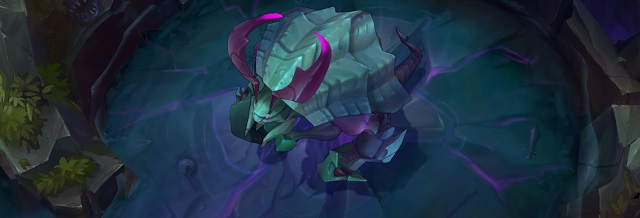


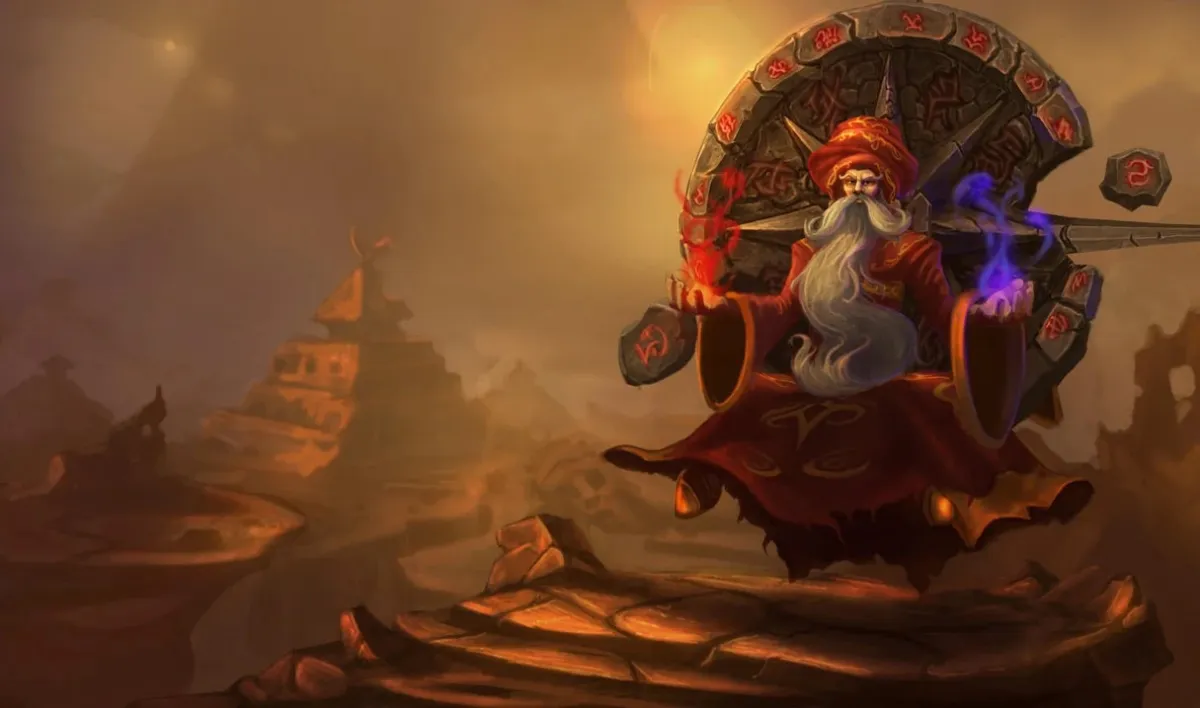


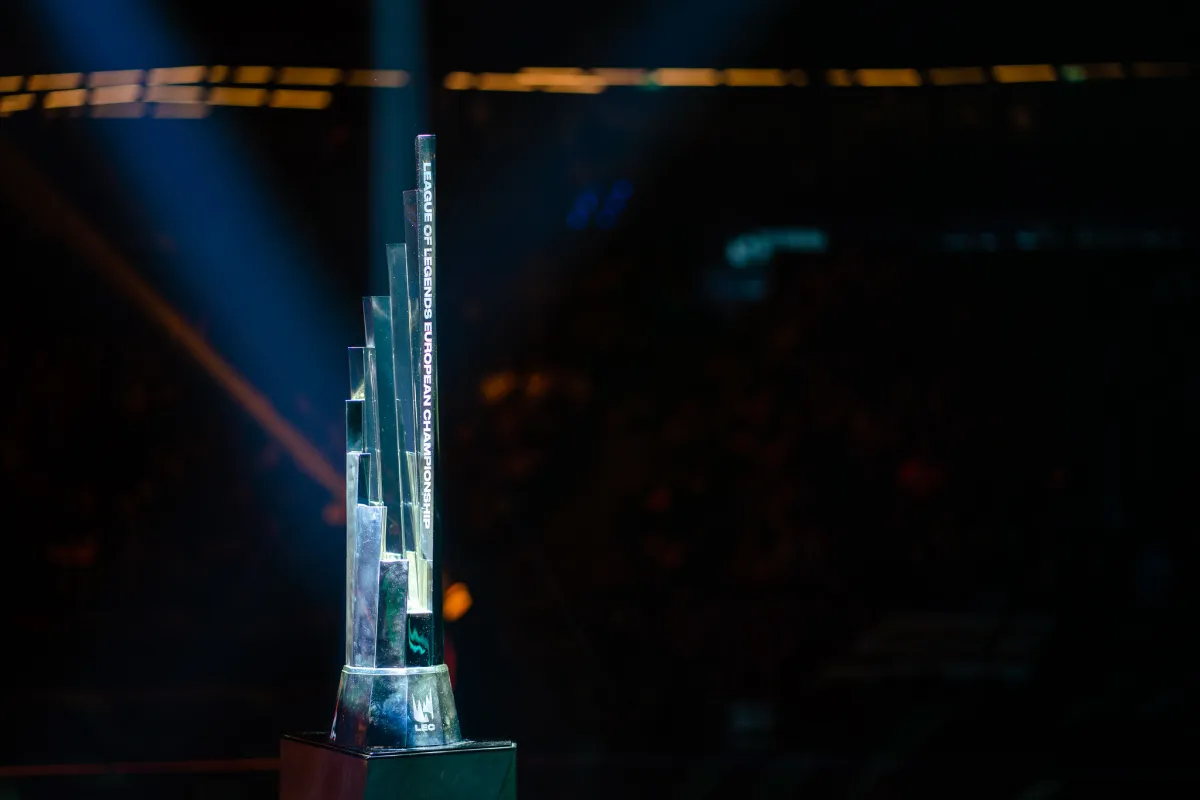



Published: Jan 7, 2016 7:37 PM UTC